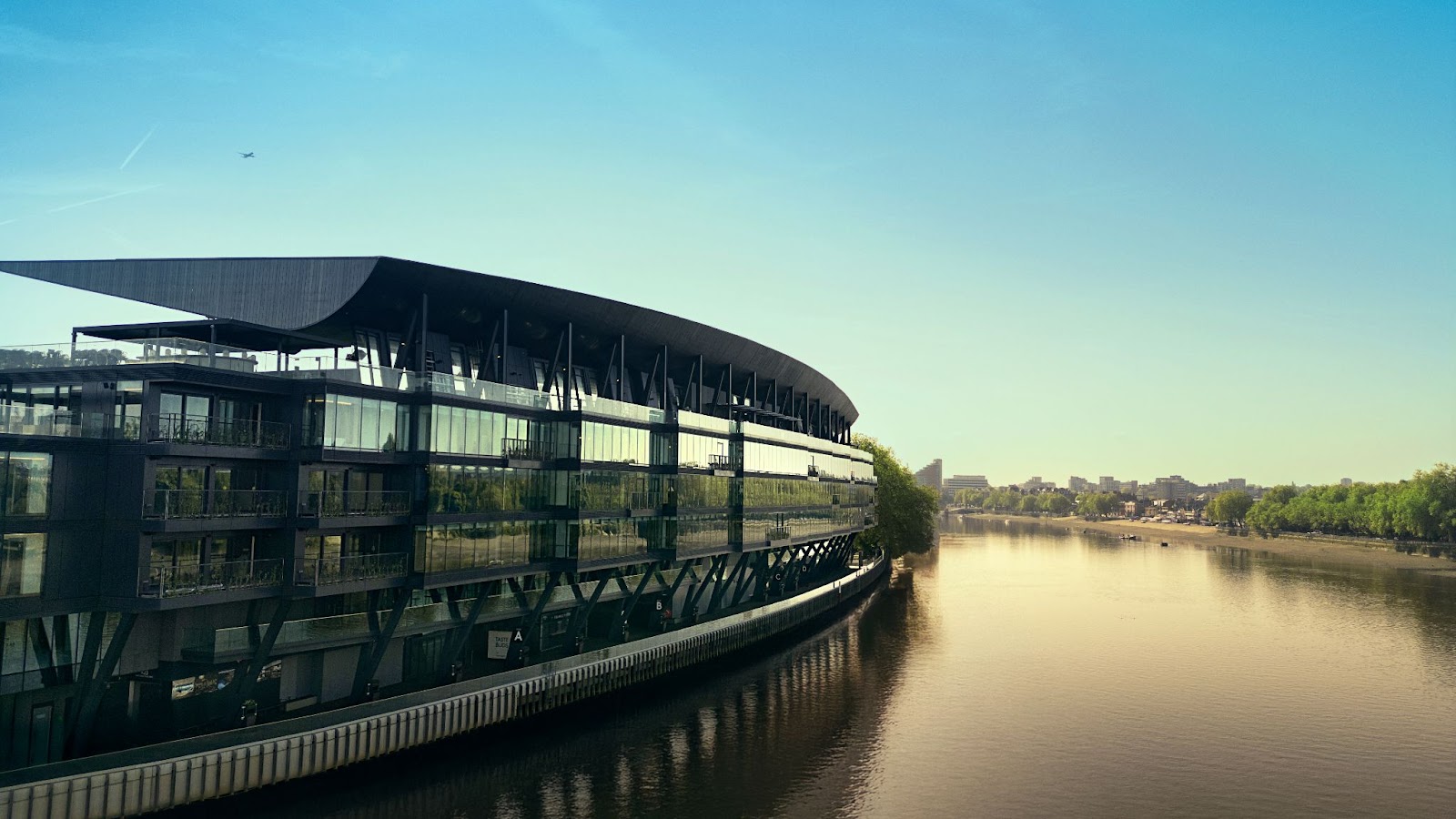Donald Insall Associates has restored a medieval hall house in Wales, the Landmark Trust’s two-hundredth project
Llwyn Celyn is a grade I listed building, regarded as one of the finest surviving medieval hall houses in Wales by Cadw, the historic environment service of the Welsh Government. It was once part of the Llanthony Priory estate in the Black Mountains region of the Brecon Beacons National Park and has been continuously inhabited since it was built in circa 1420, the last occupants moving out in 2014.
In recent times, Llwyn Celyn became increasingly dilapidated due to rainfall penetrating from its leaky roof and the build-up of land slip against its walls leading to periods when a stream would run through one of the rooms. Although Cadw erected emergency scaffolding in the early 1990s, Llwyn Celyn continued to deteriorate and in 2007 Cadw approached the Landmark Trust for help.
The Trust drew up plans to restore the main house into a new ‘Landmark’ sleeping up to eight people as well as to create an educational and exhibition space for public and community use in the threshing barn. This was a complex and challenging project requiring the support of local bodies, local residents and partner organisations.
The careful restoration and subtle adaption of the existing buildings for new uses has been carried out by conservation architect John C Goom, a consultant with Donald Insall Associates.
When working on Llwyn Celyn, the architect and the Trust haven’t tried to hide new interventions but have opted to use traditional materials and techniques which means that these are not discordant. The team have only resorted to more substantial repairs where necessary to make the historic fabric structurally stable and weather-tight. Wherever possible locally sourced materials have been used including Welsh wool insulation and sandstone roof tiles from the neighbouring valley.
Long-term sustainable use has also been an important consideration for Donald Insall Associates and the Trust. In addition to opting for local building materials as much as possible, a biomass boiler has been installed to provide heating for both the house and the threshing barn. The insulation of buildings has been improved in such a way as not to compromise the historic character of Llwyn Celyn. The project has also been developed in close collaboration with Natural Resources Wales to encourage and protect local wildlife including bats.
Llwyn Celyn was built as a 3-bay hall, making it larger than most houses at the time. The building has retained its late medieval floorplan, with cross passage and service rooms, and central hall. In the seventeenth century, a first floor was inserted into the main hall, together with a new staircase and chimney. The house has hardly changed since, and it is a classic example of the early evolution of domestic architecture.
Over the centuries, Llwyn Celyn acquired all the outbuildings it needed as a tenanted farmhouse. There is a threshing barn, beast house, cider mill and malt and wheat drying kilns. The status of Llwyn Celyn gradually diminished over the centuries after it was built, and modernisation all but stopped. This unaltered state makes Llwyn Celyn special.












































